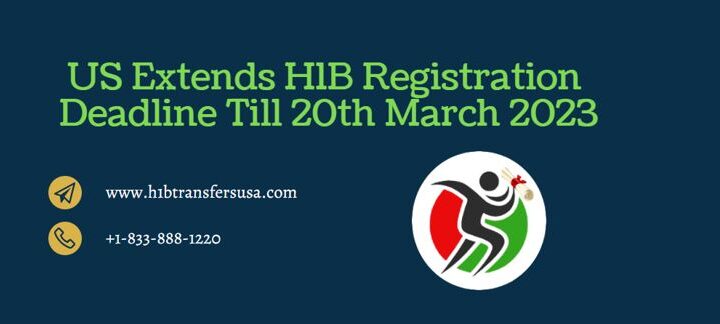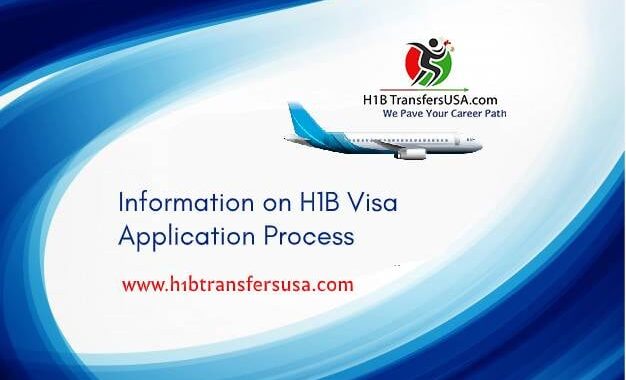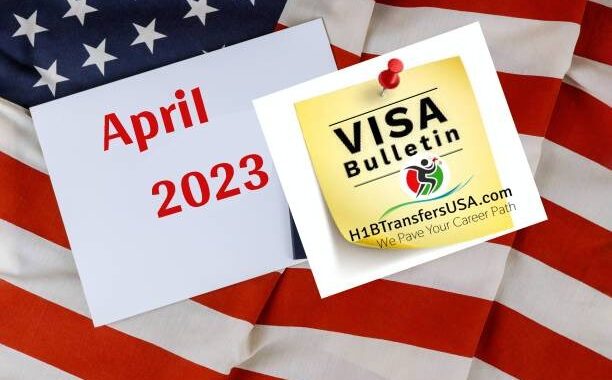Donald Trump’s new rules hike minimum pay for H-1B medical professionals by 40%, pricing them out of the market
3 min read
H-1B medical professionals: As far as American hospitals are affected, this was not what the doctor ordered. Minimum salaries to be paid to doctors and others coming to the US on H-1B visas were hiked by around 40% by the Donald Trump government.
The outcome? A major effect on US hospitals’ capacity to employ physicians and specialists from abroad, particularly India.
Probably India is one of the largest sources of doctors under this plan. Also, Indians represent 66% of the 85,000 H-IB visas granted yearly.
The US decision went ahead on October 8, via a Department of Labor (DoL) Interim Final Rule (IFR). That demanded minimum wages to be paid to H-1B workers be higher by 40% on average.
H-1B Medical Professionals
Aimed mainly at saving American jobs by curbing the number of skilled professionals in technology sectors. Additionally, the rule applies to clinical professionals.
On Monday, a group of exchange associations and US colleges filed a claim in the Northern District of California court challenging the IFR. Moreover, complainants include the American Association of International Healthcare Recruitment, US Chamber of Commerce and National Association of Manufacturers, Cornell University, Stanford Junior University, and California Institute of Technology.
“This is shaking the whole business, medical and immigrant organizations, in that overall wages, will be skyrocketing. Which will surely influence both not-for-profit H-1B sponsors, for example, emergency clinics as well as general business sponsors. Also, it is shocking that the regulatory language expresses that it is in the response of US employers. Who has been employed in ‘gaming’ the system,” said Neil Weinrib, managing lawyer at Neil A Weinrib and Associates.
An investigation by the National Foundation for American Policy found that sometimes the IFR would result in the minimum payable wage doubling, including for doctors.
Big Impact on Smaller Towns
For example, minimum wages for a pediatrician would increase by 177% in Wichita, Kansas, and by 153% in parts of Michigan. In situations where DoL needs more data available, it has demanded a $100 every hour wage, or $208,000 every year.
This implies medical citizens who are paid $50,000-70,000 in teaching hospitals will currently be paid $208,000 yearly. In Minneapolis, the overall wage rate for a pediatrician was $115,000. Presently it will be $208,000. The greatest effect would be seen in smaller towns and rural clinics, several of which are staffed by Indian doctors.
Also, check [US Chambers of Commerce and NAM files lawsuit against recent H1B regulations]
As per data from the American Association of Physicians of Indian Origin. There are more than 220,000 Indian-origin doctors in the US. Representing practically 20% of all doctors in the nation and about a quarter of all international medical graduates employed in the US. Indians are the biggest group of international medical graduates in the US.
“The new guideline will force employers to pick between violating the IFR or Federal Stark Law. Which bars employers from paying doctors in excess of the ‘fair market value’ for their services. Violations can be penalized by fines of up to $100,000 per violation. The IFR quickly and irreparably hurts plaintiffs and the public,” said Greg Siskind, an immigration lawyer. Siskind is one of the immigration lawyers who filed a claim challenging the IFR on Monday.






